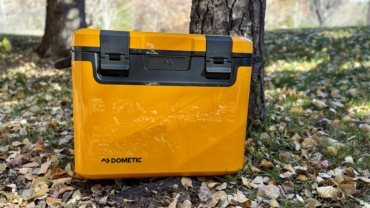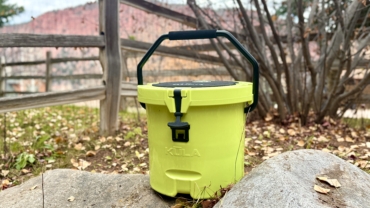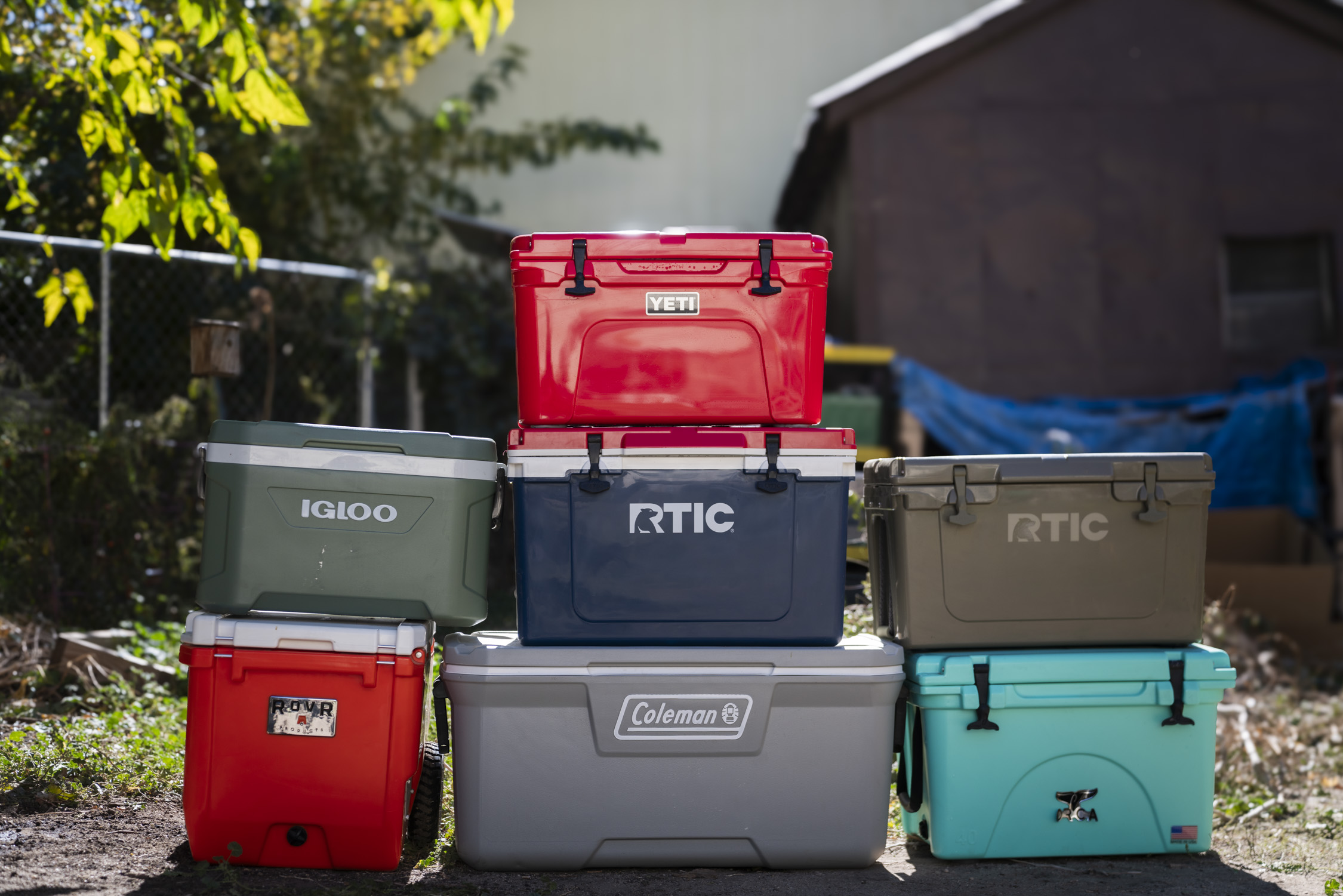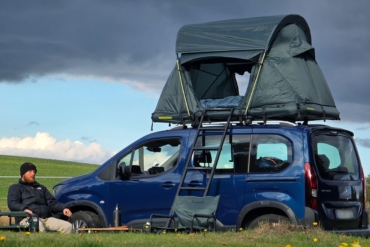Camp cooking is a glorious pastime — or, at least, it can be with the right stove. Bring one that’s too small to adequately cook your meal or too big and heavy for the backpacking trip you’re on, and you’ve got a recipe for a rough time.
However, when you’ve got the perfect stove and a dialed camp cooking setup at your fingertips, nature makes one of the best kitchens you could ever cook in.
When you start shopping for the right stove, though, you’ll quickly realize how many options there are. Camp stoves come in all shapes, sizes, weights, burner styles, fuel options, and price ranges. Peruse GearJunkie’s guides to the Best Camping Stoves and Backpacking Stoves to get a sense of what’s available.
So, how does one choose the camp stove that’s right for them? Before you pull the trigger and make a purchase, there are a few things you should keep in mind.
Choose a Camp Stove: How to Pick What’s Right for You

To reiterate, not every stove is suitable for every adventure or circumstance. So, before you purchase, consider what you’ll use it for. If you primarily want a stove for car camping, you can look at some of the heavier, bulkier options. Depending on how many people you intend to cook for, you might choose a larger or smaller stove with more or fewer burners.
If you want a stove that can be packed in a backpack and carried over many miles on a trail, you need to consider something lighter. Ultralight burners and flash boil stoves make cooking fast, easy, and painless even when you’re miles into the backcountry. There are even lighter and cheaper options (which we’ll get to in due time).
Then consider your fuel. If you’re backpacking, do you want to carry a fuel canister? Or will you have access to natural fuel? Some brands make backpacking wood stoves that are light and packable. These can be great options for circumstances where a lot of dry tinder is available and there is no fire ban.
No One-Stove Solution

You can shop around for one stove that will work for every occasion. But it will require functional compromise no matter what. You must pick a stove that’s light and packable enough for backpacking but big enough to handle larger meals for car camping. Ultimately, the option that works best for both will probably only work semi-well for either.
So, unfortunately, the best system for camp cooking is to own multiple stoves. Have one for backpacking, one for car camping, one for outdoor banquet parties, and another for emergencies.
OK — maybe you don’t need that many. But you get the picture.
How to Choose the Right Camp Stove: Types, Styles, Models

The Classic Two-Burner
The two-burner propane stove, popularized by Coleman and used by families and Scout troops alike for generations, is a perfect tool for groups of up to 10 in the front country. They’re rugged enough to take a beating and simple enough to work after idle years in a garage. When something goes wrong, it’s typically cheap and easy to fix.
Disadvantages? They are heavy and bulky. These units are best kept within a few hundred feet of the car. You won’t want to lug them on a backpacking trip.
Examples: Coleman Triton, Camp Chef Everest 2, Primus Kinjia. For more stoves like these, check out GearJunkie’s guide to the Best Camping Stoves.
Fuel: Propane
Limitations: Heavy and large
Best Use: Front-country, group campouts, family events

The Boiler
Compact and fully self-contained, these units comprise a burner, fuel canister, stand, and lid — all in a tidy package the size of a water bottle. They are made to boil water fast — most will boil it in less than 2 minutes.
Some of these stoves can cook food, but they’re more often used to heat water for drinks or dehydrated meals. Cleaning them can be a pain, and the heat control is not very dynamic.
These are great for backpacking because they’re light and packable. I bring mine car camping too, because it’s the fastest way to a cup of hot coffee when I wake up in the morning.
Examples: Jetboil Flash, MSR WindBurner, Primus Lite+
Fuel: Isobutane
Limitations: Usually only works with included pot; boiling water only
Best Use: Backpacking, solo travel

The Ultralight Burner
These are small, single burners with collapsible support arms for your pot or pan. They are minimalist, ultralight, and preferred by many for backcountry use. All you need to carry is your fuel canister and the burner. Attach the former to the latter, turn it on, and you’re cooking.
They weigh mere ounces and can pack down to a tiny size. These units are common among long-distance hikers and make excellent additions to an emergency kit.
Examples: Primus Classic, MSR PocketRocket 2, Grayl Titanium Camp Stove
Fuel: Varied — liquid fuel, propane, or multifuel
Limitations: Small/light pans and pots only
Best Use: Solo travel, backpacking, emergency preparedness
The Wood Burner

Some people prefer to use wood-burning camp stoves over those that require gas. You don’t have to carry a canister, and they are more environmentally friendly. There are wood-burning camp stoves that pack flat, fold up, and are ultralight for backpacking. Others are heavier and bulkier and limited to campsite and home emergency use.
Wood-burning camp stoves are an attractive option if you are hiking in an area with abundant tinder or other natural fuel (like cow patties). However, you must be familiar with the laws around campfires and fire cooking in your camping area. Breaking a law or violating a fire ban is an excellent way to get in trouble.
Examples: Ganesha, BioLite EcoZoom, Überleben Stöker Flatpack Stove
Fuel: Natural fuel
Limitations: Fire bans and areas with limited access to natural fuel; heat control is difficult and requires attentiveness
Best Use: Emergency preparedness, car camping, and backpacking
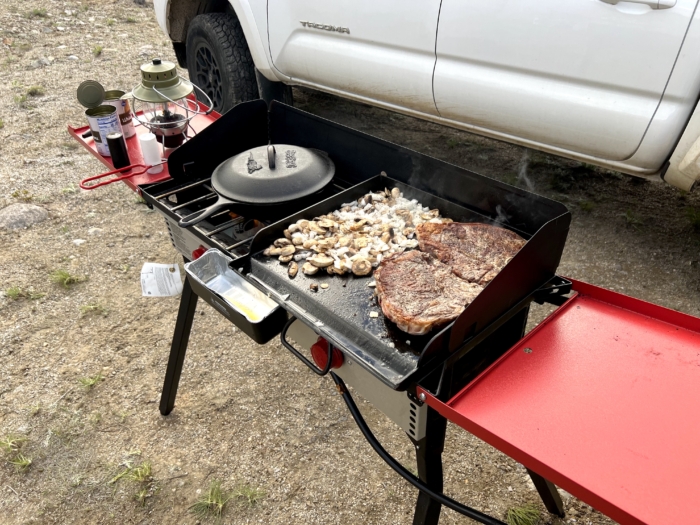
The Chuck Wagon
Designed for the front-country camp gourmet, chuck wagon stoves are big, configurable, and effective when feeding a larger crew. These are perfect for picnic parties, BBQing at a park, hunting camps, group camping trips, and more.
Typically, these are freestanding and pretty bulky. But they offer a lot of cooking space and make you feel right at home in your own camp kitchen.
Examples: Camp Chef Pro 60X Two Burner, Coleman RoadTrip
Fuel: Propane
Limitations: Big, heavy, large fuel requirements
Best Use: Group trips, picnics, and BBQs

The Alcohol Stove
Alcohol stoves are the ultimate in ultralight cooking. They’re tiny and don’t cost much. They can even be made for free from a coffee or soda can. Just punch some holes and place your can over top of the alcohol canister, and you’ll have a tiny stovetop.
Outdoor brands also make some very minimalist and packable alcohol burners. Either way, it’s one of the lightest, most packable ways to cook in the backcountry.
Examples: Redcamp Mini Alcohol Stove, Solo Stove Solo Alcohol Burner, Esbit Alcohol Stove
Fuel: Denatured alcohol gel canisters
Limitations: Small and slow cooking; very susceptible to wind; durable but could be crushed
Best Use: Survival, ultralight backpacking, emergency preparedness

The Battery-Powered Stove
A recent addition to the camp stove world, battery-powered camp stoves have started hitting the shelves. These use a rechargeable battery that helps control the heat output. Some burn natural fuel, and others are infrared. Some of them are even controlled via an app.
Consider one of these if you know you’ll have consistent access to electrical power to charge your stove’s battery and want to step up your campsite tech.
Examples: Bio-Lite Wood Burning CampStove2, BioLite FirePit+, FireMaple Infrared Stove,
Fuel: Varies — Natural fuel, infrared heat via electricity
Limitations: Heavier than many stoves; requires battery to be charged
Best Use: Instagrammers

Cooking With Sunlight
Solar cooking has been around for a long time. However, portable solar stoves are a relatively new addition to the outdoor world. Where our ancestors would use hot rocks and direct sun exposure to dry or cook certain foods, we can use concentrated reflected sunlight to get the job done in minutes. Who needs fuel canisters?
Some great options are now available for car campers interested in making a meal with no fuel consumption and minimal environmental impact. If you want to cook with the sun in the backcountry, your best DIY bet is to make a reflector stove from a roll of aluminum foil.
Examples: GoSun Sport Solar Oven, Sun Oven
Fuel: Solar energy
Limitations: Daytime cooking on sunny days only; can be very slow
Best Use: Frontcountry, small groups/solo, car camping
Frequently Asked Questions

A camp stove is any heat-producing platform you can cook on outdoors. Most camp stoves require canister fuel like propane or isobutane, but others use natural fuel sources like wood, bark, cow patties, pine cones, etc.
Camp stoves come in many styles, sizes, shapes, and designs. Choosing the right one for you can be a challenge. But that’s why this guide exists. We’re here to help you find the right camp stove for your adventures.
Cleaning a camp stove will depend highly on what kind of camp stove you own. Always consult the owner’s manual (which can usually be looked up online) so you don’t ruin your gear.
Some tips and advice apply to all camp stoves. First and foremost, be gentle with your stove. Use an old toothbrush or sponge, warm water, and soap to clean out the jets.
You can usually use water on burners as well without damaging them. But piezo igniters are a different story. If those get wet, they can fail, and then you will need a lighter or match to start your stove.
When you’re done cleaning your camp stove, air dry it. Allow everything to dry completely before using it again or storing it.
How long your camp stove fuel lasts depends on how much you use it and how fuel-efficient your stove is. Consult your stove specs to see if the brand listed the burn time for a single fuel canister. Typically, the rate is 60 minutes of burn time per 230g canister, but air temperature, wind, and elevation can all affect that.
If you’re worried you won’t have enough fuel for a backpacking trip, pack an extra canister. You can get small ones for backups. It’s better to have more fuel than you need than to run out on the trail.




